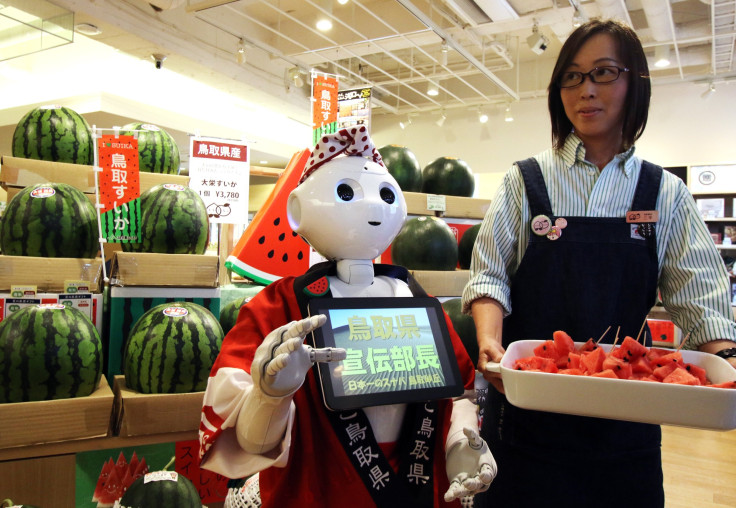How Robots Will Team Up With Humans To Power The Future Workforce

The workplace is always evolving. From ink and paper to typewriters and now computers, enterprise solutions implemented by businesses over the last century have moved at a nearly improbable pace. Technology has innovated the way most businesses operate, and now in the 21st century, Robotics Process Automation (RPA) and Artificial Intelligence are poised to once again change how corporations and businesses operate.
For a quick crash course, RPA allows companies to interact in any IT application or website — typically in the same way a human would — to automate complex and rule-based work. In other words, RPA software allows developers to tailor complex automation to a company’s unique processes. For example, workplace payroll RPA could eliminate manual data entry, replacing it with a system that is able to extract information (even from a handwritten timesheet), summarize the data and enter it into the organization’s payroll system for processing and payment. Additionally, it could then summarize the data and compare it to employees’ work performance.
Addressing these mundane office tasks revolutionizes the work environment, empowering employees to work on more in-depth projects, and allowing them time to be more creative. Of course, there is a trepidation when approaching the subject of RPA, especially from the point of view of the employee, who, thanks to common misconceptions about the function of RPA, believe their jobs to someday be handed over to “the robots.” Instead of job loss, what employees will experience is a rise in their ability to perform the core functions of their jobs, while leaving the mundane and repetitive tasks to AI. Think of it as an Alexa in the workplace that can help you with tedious tasks throughout your workday.
At its recent Advanced Technology Fair, technology giant Cisco showed that RPA and AI can improve the workplace by much more than just a chat service to alleviate customer service demands. Some of the RPA workplace enhancements on display include voice-enabled assistants to execute meeting tasks; AI that improved the ergonomics of meetings from audio adjustments to camera re-framing; facial recognition for video conferences that superimposes the name of the speaker over their face; proactive listening to contribute relevant content to meetings; and virtual reality collaboration.
As RPA is implemented into the workplace, there will also likely be an influx in jobs, as the AI-based systems will need facilitators. Eventually, the jobs that the AI systems are built to compliment will change as well. There will be a shift in traditional workplaces to AI-enabled environments that will see a lot of workers displaced until new jobs are created. These jobs will come from startups, new technologies and innovative industries. The key for corporations and brands is not only how they implement RPA solutions, but how they integrate with the existing workforce while spurring innovation and positive change. It might sound like a daunting task, but with a human-first approach, corporations will find success.
Remembering that RPA is an instrument and a tool for the human workforce is the key starting point for launching enterprise solutions in the workplace. Organizations will have unique processes and parameters that can be improved and enhanced with AI solutions, but remembering to put the human worker first will ensure adaptability and successful integration of any AI-based systems.
Imagine a world in which the most mundane tasks are being handled by a machine or even a futuristic android robot, and humans are left to innovate, create and build more. RPA will eventually be able to handle common sense tasks, applying its use to day-to-day life. The technology has arrived, and it’s now time to further push the implementation process so robots and humans to work closely together.
What all this means isn’t that Roy Batty from Blade Runner will come ask you to leave your desk and take your job, but your team might have an R2-D2. He’ll be great; he’ll help with data entry, find new data trends, schedule meetings for you and make sure you have more free time to enjoy life and further excel at work. Isn’t that what we all want.
Harel Tayeb is the CEO of Kryon Systems, a provider of intelligent Robotic Process Automation (RPA) for the workplace.
© Copyright IBTimes 2024. All rights reserved.





















